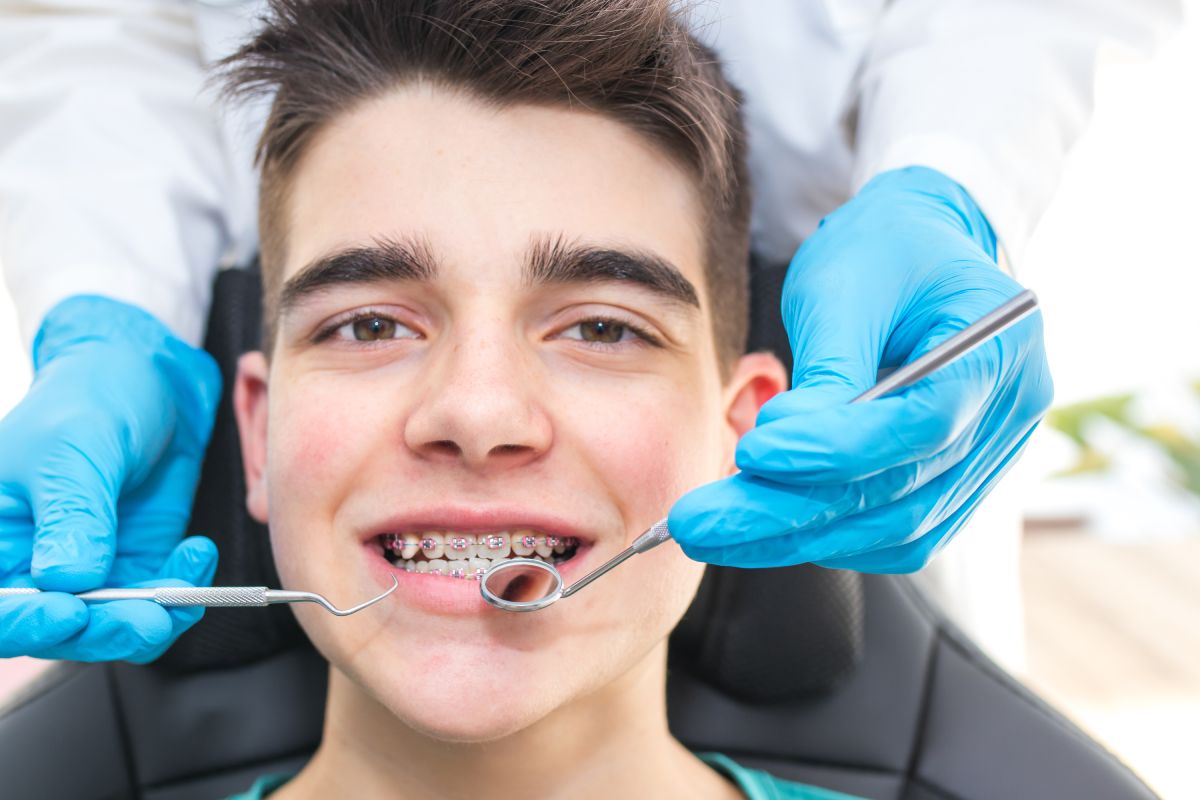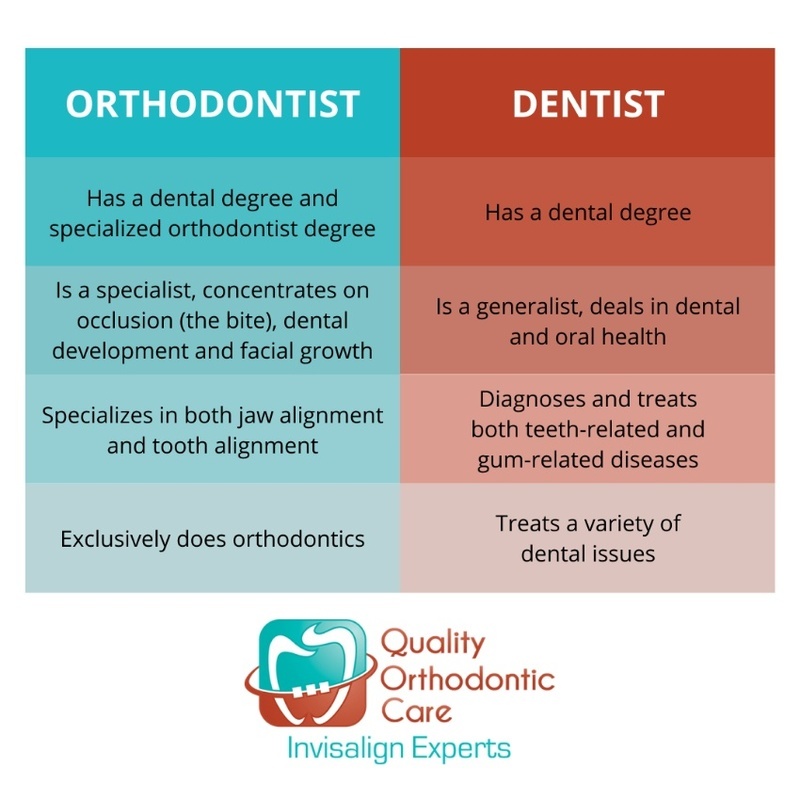How Causey Orthodontics can Save You Time, Stress, and Money.
Table of ContentsThe Best Guide To Causey Orthodontics4 Simple Techniques For Causey OrthodonticsCausey Orthodontics - An OverviewCausey Orthodontics Can Be Fun For AnyoneUnknown Facts About Causey Orthodontics
Ignoring occlusal partnerships, it was regular to get rid of teeth for a range of oral problems, such as malalignment or overcrowding. The principle of an intact teeth was not commonly valued in those days, making bite connections seem unnecessary. In the late 1800s, the idea of occlusion was essential for developing trusted prosthetic substitute teeth.As these ideas of prosthetic occlusion progressed, it came to be an invaluable device for dental care. It was in 1890 that the job and effect of Dr. Edwards H. Angle began to be felt, with his contribution to modern-day orthodontics particularly significant. Concentrated on prosthodontics, he showed in Pennsylvania and Minnesota prior to guiding his focus towards dental occlusion and the treatments required to preserve it as a typical condition, therefore coming to be known as the "dad of modern-day orthodontics".

The concept of optimal occlusion, as postulated by Angle and incorporated right into a classification system, made it possible for a change towards treating malocclusion, which is any kind of inconsistency from regular occlusion. Having a full set of teeth on both arcs was extremely searched for in orthodontic treatment as a result of the requirement for exact relationships in between them.
A Biased View of Causey Orthodontics
As occlusion ended up being the essential top priority, face proportions and aesthetic appeals were overlooked - orthodontist services. To accomplish ideal occlusals without utilizing external pressures, Angle proposed that having best occlusion was the most effective way to get optimal face appearances. With the passing of time, it ended up being fairly obvious that even a remarkable occlusion was not ideal when taken into consideration from an aesthetic perspective
Charles Tweed in America and Raymond Begg in Australia (that both researched under Angle) re-introduced dentistry extraction into orthodontics during the 1940s and 1950s so they could improve facial esthetics while also guaranteeing better stability concerning occlusal relationships. In the postwar period, cephalometric radiography started to be used by orthodontists for measuring changes in tooth and jaw position brought on by growth and treatment. It became evident that orthodontic therapy could adjust mandibular development, resulting in the development of useful jaw orthopedics in Europe and extraoral pressure measures in the US. Nowadays, both practical home appliances and extraoral tools are used around the world with the purpose of modifying development patterns and forms. Seeking real, or at the very least improved, jaw partnerships had ended up being the main objective of treatment by the mid-20th century.
Fascination About Causey Orthodontics
 The American Journal of Orthodontics was created for this objective in 1915; prior to it, there were no scientific objectives to follow, neither any type of exact classification system and braces that lacked attributes. Until the mid-1970s, dental braces were made by wrapping metal around each tooth. With advancements in adhesives, it came to be possible to rather bond steel brackets to the teeth.
The American Journal of Orthodontics was created for this objective in 1915; prior to it, there were no scientific objectives to follow, neither any type of exact classification system and braces that lacked attributes. Until the mid-1970s, dental braces were made by wrapping metal around each tooth. With advancements in adhesives, it came to be possible to rather bond steel brackets to the teeth.This has had meaningful impacts on orthodontic treatments that are administered frequently, and these are: 1. Correct interarchal relationships 2. Correct crown angulation (tip) 3.
The advantage of the design exists in its brace and archwire mix, which needs just very little cable bending from the orthodontist or clinician (orthodontist expert). It's appropriately called after this feature: the angle of the slot and density of the brace base inevitably determine where each tooth is located with little requirement for added control
How Causey Orthodontics can Save You Time, Stress, and Money.
Both of these systems utilized identical brackets for each tooth and necessitated the flexing of an archwire in three aircrafts for locating teeth in their wanted positions, with these bends determining ultimate positionings. When it concerns orthodontic devices, they are divided right into two types: detachable and taken care of. Detachable appliances can be tackled and off by the client as required.

Therefore, mostly all modern set devices can be thought about variations on this edgewise home appliance system. Early 20th-century orthodontist Edward Angle made a major contribution to the world of dentistry. He developed 4 unique appliance systems that have been utilized as the basis for lots of orthodontic treatments today, barring a couple of exemptions.
The Ultimate Guide To Causey Orthodontics

The cord finished in a string, and to relocate it forward, an adjustable nut was used, which enabled an increase in circumference. By ligation, each individual tooth was connected to this extensive archwire (emergency orthodontist near me). As a result of its limited series of movement, Angle was unable to achieve accurate tooth placing with an E-arch
These tubes held a firm pin, which might be repositioned at each appointment in order to move them in location. Referred to as the "bone-growing device", this gizmo was thought to encourage healthier bone development as a result of its potential for moving pressure straight to the origins. However, executing it verified frustrating in truth.